In the debate which has ensued since the federal government decided not to continue with the French submarine contract, it has become increasingly apparent the general public is wiser than anyone about what’s best for this country.
The tide of opinion is not only for nuclear, but for nuclear now.
Talk that Australia will get nuclear attack boats in 10 or 20 years is widely seen as ridiculous.
Already a subscriber? Log in
Subscribe for just $2 a week
Try a month of The Spectator Australia absolutely free and without commitment. Not only that but – if you choose to continue – you’ll pay just $2 a week for your first year.
- Unlimited access to spectator.com.au and app
- The weekly edition on the Spectator Australia app
- Spectator podcasts and newsletters
- Full access to spectator.co.uk
Or

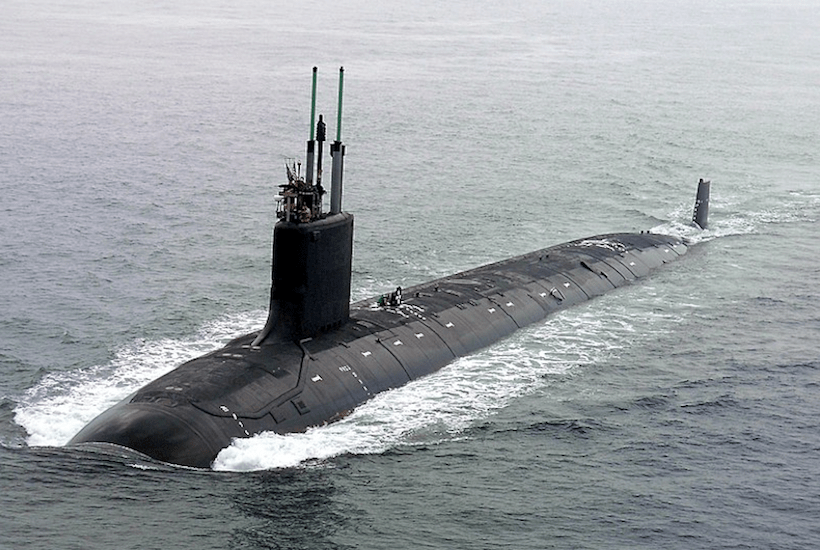
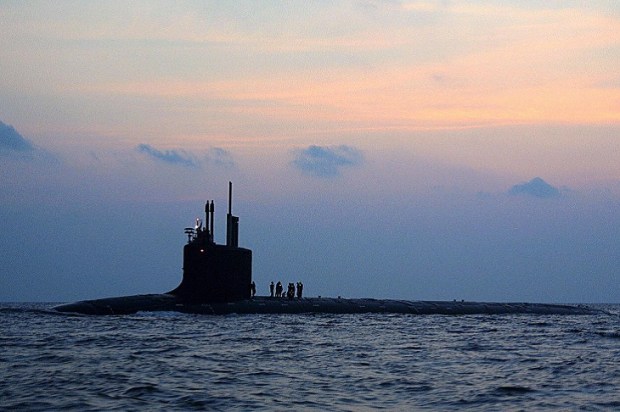
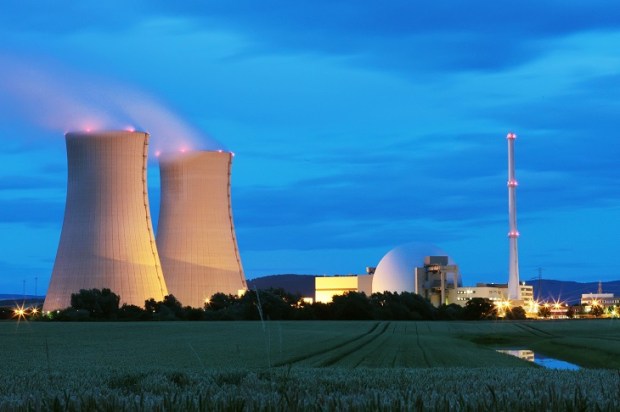
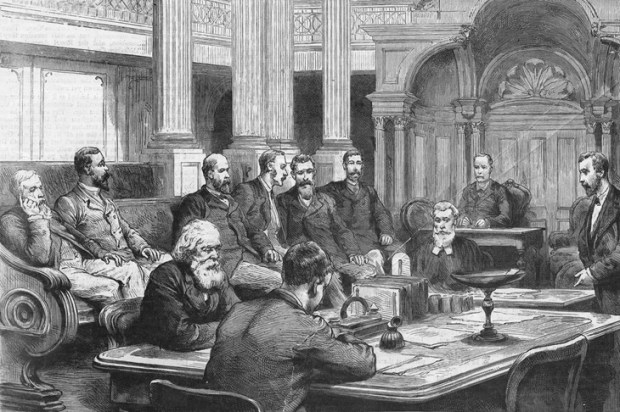
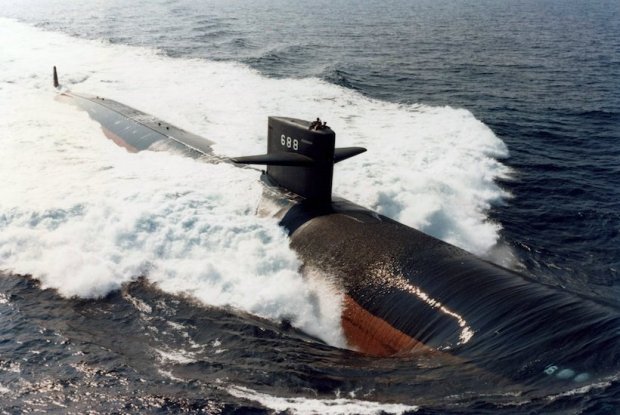




















Comments
Don't miss out
Join the conversation with other Spectator Australia readers. Subscribe to leave a comment.
SUBSCRIBEAlready a subscriber? Log in